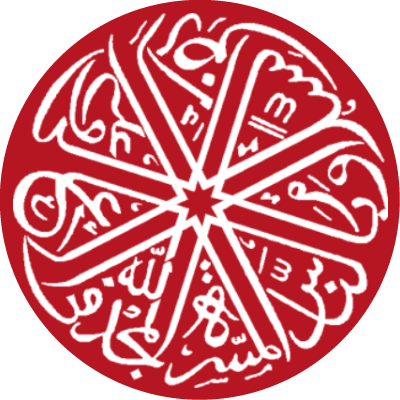Works by Hirsch, Bertrand as author 9
Etablissements et formations politiques musulmans d'Ethiopie et de la corne de l'Afrique : vers une reconstruction
Editions 1
Les Harla : archéologie et mémoire des géants d'Éthiopie : proposition de séquence historique pour les sites du ČärČär
Editions 1
In search of Gendabelo, the Ethiopian “Market of the World”of the 15th and 16th centuries
This paper edits and translates three unpublished Ethiopian texts in Ajami, Arabic, and Amharic from the 19th and 20th centuries that mention nostalgically the now vanished great medieval market of Gendabelo. The market appears in the 15th and 16th century documentation, both endogenous and exogenous to the Horn of Africa, in which it is described as one of the main breakbulk points for caravans linking the Red Sea coasts to the Ethiopian highlands. Located in the region of Ifāt, which was a powerful sultanate in the 14th century and, although it came under Christian rule in the early 15th century, continues to be inhabited by numerous Muslim communities to the present day, Gendabelo is not located. This article proposes a hypothesis of localization with the archaeological site of Asbari, based in particular on archaeological material (imported ceramics, glass, pearls, metal) collected during a visit in 2009 and with the help of the 19th c. Ajami poem.
Editions 1
Les mosquées médiévales de Goze et Fäqi Däbbis (Ifāt)
Editions 1
Le port de Zeyla et son arrière-pays au Moyen Âge : investigations archéologiques et retour aux sources écrites
Editions 1
The scripts of Sub-Saharian Africa
Editions 1 Translations 1
Le sultanat de l’Awfāt, sa capitale et la nécropole des Walasmaʿ
This article recounts fifteen years of archaeological and historical research on the Islamic Sultanates of Medieval Ethiopia. After intense surveys in different areas from Eastern Ethiopia to present-day Somaliland that revealed the ruins of Islamic cities, the research focused on the Ifāt region in Central Ethiopia. Several urban sites were spotted there and one of them, Nora, was investigated, showing vestiges (houses, mosques, cemetery) dating back to the 14th and 15th centuries. Finally, a major discovery, that of a necropolis composed of epigraphic tombs of members of the Walasmaʿ dynasty, whose texts are published here, made it possible to locate the 14th century capital of the Ifāt Sultanate. The spatial organization of this site, Awfāt, closely matches the description made by the Arab writer Abū al-Fidā’ in the early 14th century.
Editions 1
Sur les traces de l'islam ancien en Éthiopie et dans la Corne de l'Afrique
Editions 1
